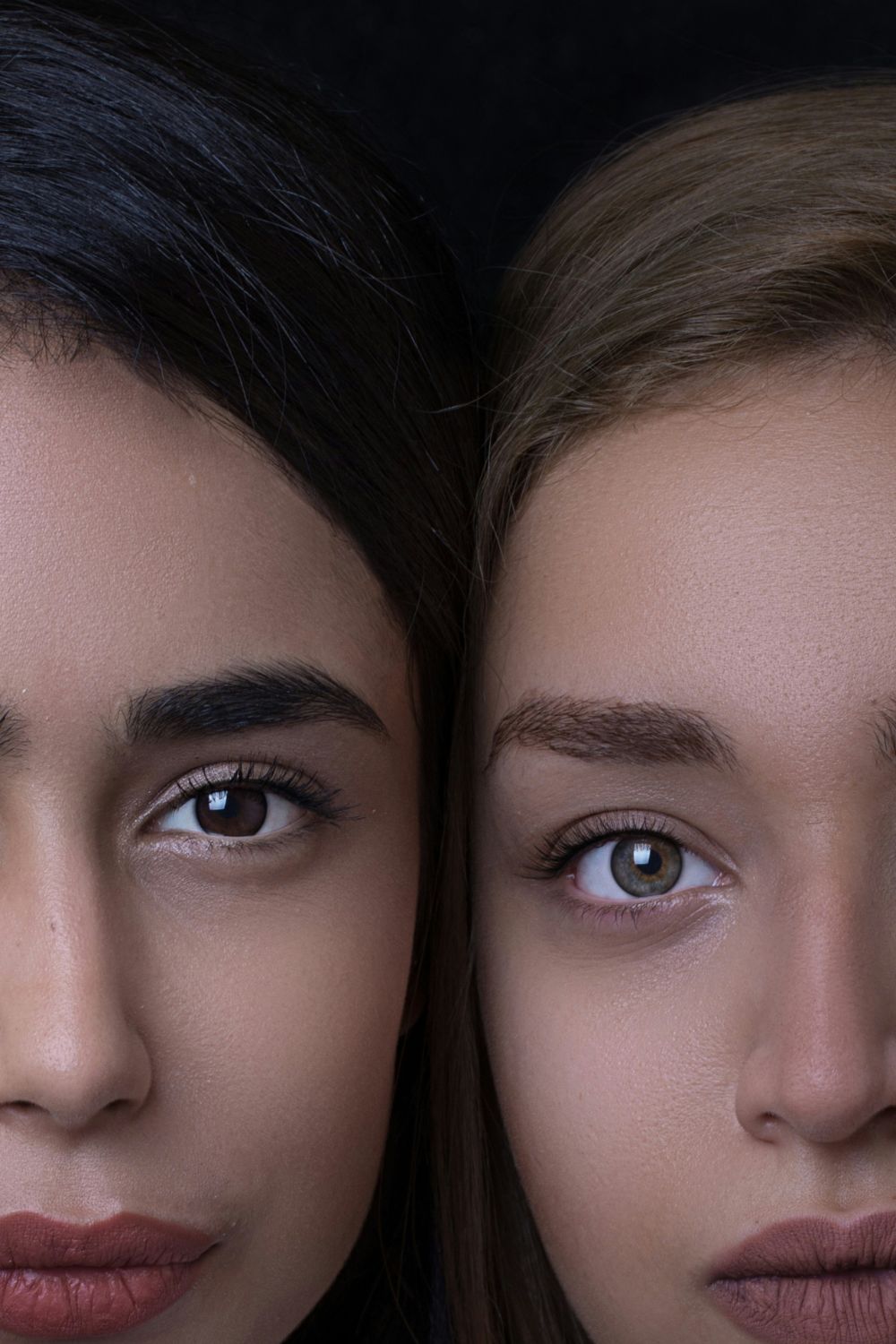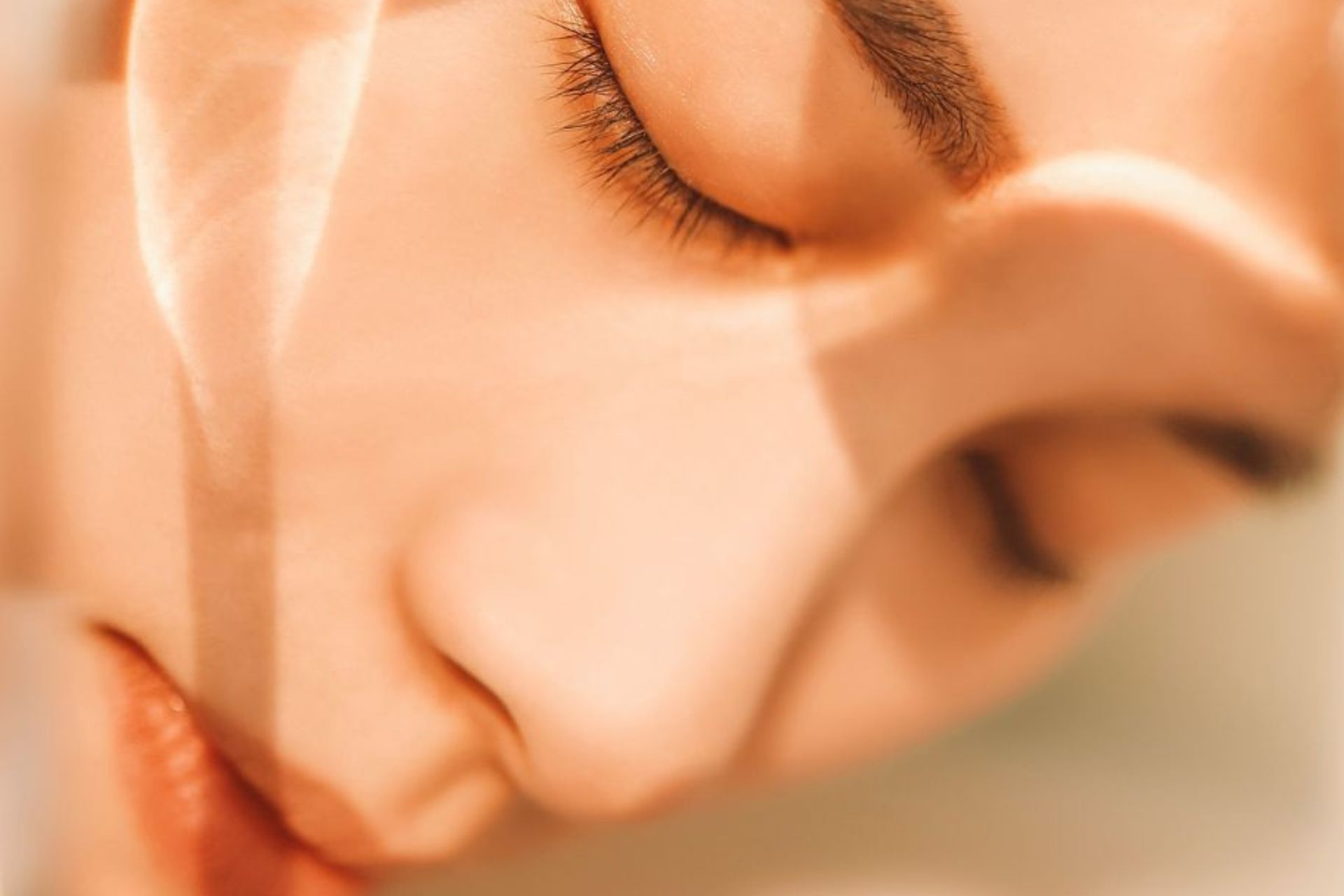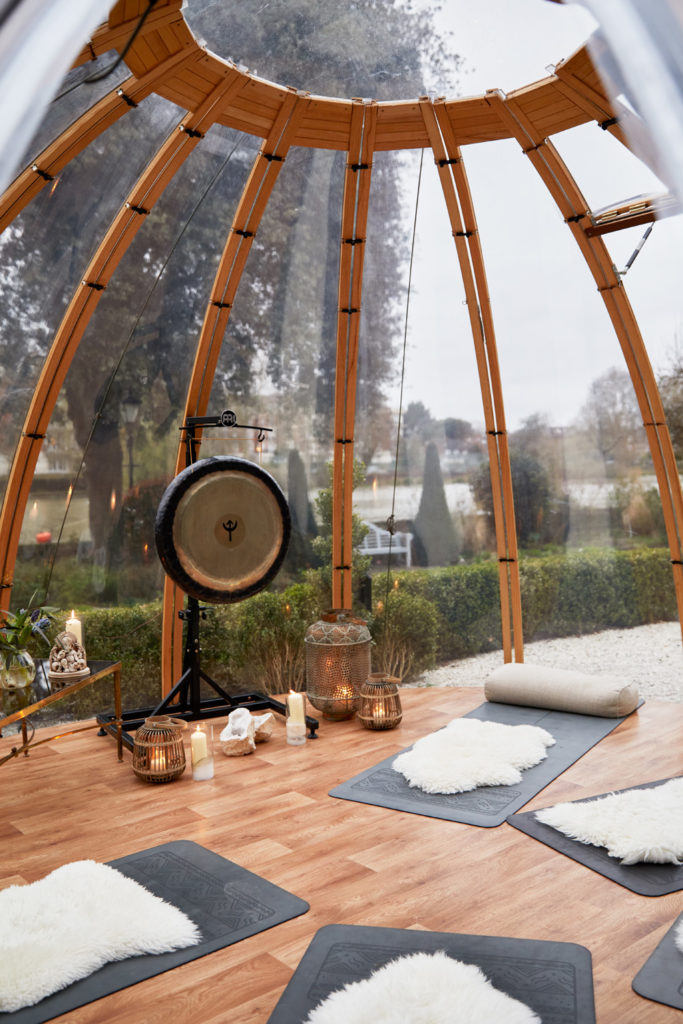
Is Biohacking The Best-Kept Beauty Secret?
By
1 year ago
Everything you need to know about skin-biohacking exosome technology
Alice Hart-Davis lifts the lids on the smart new cell messaging ingredient that claims to biohack your skin’s age.
Biohacking For Skin Health: Does It Really Work?
Among all the fascinating tweakments that aim to turn back the clock and trick our skin into acting younger there’s one word that comes up again and again: exosomes. ‘Biohacking is optimising your biology,’ says Dr Sophie Shotter, medical director of Illuminate Skin Clinics, ‘and getting the most out of your body that you possibly can. There are so many simple things that we can do to biohack our skin by improving our lifestyles and using great skincare,’ says Dr Shotter. But, she adds: ‘There are also high-tech treatments – and exosomes are among the most exciting.’
So what are these wonder-workers? Exosomes are minute ‘vesicles’, nano- sized bubbles released by cells in order to communicate with other cells, wake them up and get them working. They’re not living cells (like, say, stem cells) but they act as transporters, carrying proteins and genetic material between cells. In the skin, they reduce inflammation and kickstart rejuvenation which is why the world of aesthetic medicine is so interested in them, and why ‘exo’ procedures are popping up on treatment menus everywhere.
If you’re wondering where exosomes come from and which type is best – well, that’s where the arguments start. You can extract them from plants, you can gather them from bovine or marine sources, and clinics that use these say they are more effective than plant-based products, because there are more synergies between the exosomes and human skin. And then there are human-derived exosomes, which – obviously – have the greatest impact on our skin and which are perfectly legal to use in Korea, where most of them are made, but which are illegal in the UK. [Plenty of UK practitioners tell me that as long as they’re just applying them topically, as opposed to injecting them into the skin, that’s fine, but UK and European regulations are quite clear that human-derived products can’t be used as cosmetic ingredients. Just so you know.]
Back to what exosomes can do. Because they are so effective at reducing inflammation, accelerating healing and amplifying the production of collagen and elastin, practitioners are using them as an add-on to existing treatments to create bouncy, glowing, stronger skin. Applying a liquid serum of exosomes after a plain microneedling treatment bombs the exosomes into the skin through myriad tiny punctures that the needling has created, where they can enhance skin-regeneration while speeding up recovery time – they can be particularly effective around the eyes, strengthening the skin enough to reduce the look of dark circles.
Facial aesthetics doctor Dr Maryam Zamani offers an exosome treatment on top of procedures such as laser and radiofrequencing needling (from £350, drmaryamzamani.com). ‘Cutting-edge exosome technology is set to transform treatment results as it revives and repairs skin at a deep cellular level and enhances treatment results,’ says Dr Zamani. ‘By stimulating cell differentiation and regeneration, exosomes can amplify collagen and elastin production, reduce the appearance of pigmentation, accelerate wound healing, strengthen the skin barrier, promote facial rejuvenation, and help regulate melanin production for a firm, even-toned and hydrated complexion.’

Leading aesthetic practitioner, Dr Jean-Louis Sebagh, never one to miss a trick to amp up his offering for his elite clientele, has chosen to use EXO|E plant-derived exosomes to stimulate his patients’ skin cells to function at optimum levels and will apply the product as a face cocktail after Meso Rejuvenation with PRP (where platelet-rich plasma, extracted from your own blood, is injected into the top layers of the skin; £700; three to four sessions are recommended, a month or two apart, (drsebagh.com). The results? Added glow and minimal downtime. He also uses exosomes after PRP for hair restoration, and says the results are great.
I’ve tried a couple of exosome procedures and absolutely get the point of them. I only had one session of Purasomes (microneedling, with Dr Anoob Pakkar-Hull, who uses bovine-derived exosomes, from £500, dranoob.co.uk), but it was enough to appreciate how quickly the
exosomes helped calm down my skin after the microneedling, and how much brighter and smoother my skin looked afterwards. How much of that was due to the skin-reviving effects of the needling and how much was down to the exosomes is hard to tell, but the treatments work hand in hand.
Then there was Dr Surbhi Virmani’s ‘Exosomes on Ice’ treatment, in which marine-derived exosomes are blasted into the skin on a pressurised jet of supercooled oxygen. I had this done after a fearsome lip-reconditioning treatment where PRP, taken from my blood, was injected into my lips, to prompt them to produce more of their own collagen and become firmer without injections of lip filler, then quickly followed with microneedling (ow ow) to layer the remaining PRP into the surface of my lips and all around my mouth. The icy exosomes act as a chaser to all this, to supercharge all that collagen boosting, and to speed up the recovery (yes it has helped, thank goodness, as my lips swelled hugely after treatment, but were back to normal after a day or two (Exosomes on Ice, from £500, the whole Lip Service treatment is £700, cosderm.co.uk).
I’ve also had a go at firming up my ageing hairline by needling Calecim, a serum containing growth-factors and exosomes, into my scalp. Calecim is well-proven (with clinical trials published in peer-reviewed journals) to revive the growth of thinning hair, so it’s worth the ouch-factor of having to microneedle your own head. I had my first treatment in clinic to get the idea (from £250 per session, phiclinic.com) then followed up needling the receding patches around my temples at home and yes, I saw new growth, which is all the encouragement you need to keep going (from £300, calecimprofessional.com).
Can exosomes work without all these needles? ‘Yes absolutely,’ says Dr Shotter, who uses EXO|E plant-derived exosomes. ‘We have an exosome facial for people who want the benefits without the more invasive procedures. The exosomes alone stimulatehuge increases in collagen, elastin and hyaluronic acid in the skin. My patients love them.’ (EXO-Equilibrium Facial: £480 at illuminateskinclinic.co.uk)
As for exosome skincare – it’s here already. Dr Tunc Tiryaki, one of London’s best-known facial plastic surgeons and who has a strong interest in regenerative medicine, has launched a product called Morphiya, which is made with ‘hybrosomes’ (exosomes, taken from bovine umbilical-cord blood, fused with liposomes), which appears to have remarkable powers. It’s reassuringly expensive at £196 for a 30ml bottle (morphiya.com) and it’s easy as pie to use – you just put it on twice a day after cleansing. With my usual skincare actives, I ask? ‘Using this on its own will do your skin more good than any other cream you could find,’ Dr Tiryaki tells me sternly.
That’s bold, but he has up his sleeve a single-blinded clinical trial on the product (that’s where the testers didn’t know if they were trying the real thing, the half-strength real thing, a 0.2 percent retinol cream or a dummy/control cream, but the researchers did). This showed that his hybrosome cream was 30 percent more effective in reducing wrinkles when compared to the control cream or the retinol cream. So I followed his advice, and used Morphiya with sunscreen in the morning, and on its own at night for six weeks, and found it reduced my skin age by six years (as measured by a Visia skin imaging device). Dr Barbara Sturm has exosome products in her skincare line-up too (Exosometic eye cream, £350, and face serum, £450, drsturm.com) and you can bet your bottom dollar more will follow.
The big question is: with this skin-biohacking exosome technology, will we soon be able to go needle-free? Can these magic molecules give us the Benjamin-Button effect where, in future, no one looks their age but doesn’t look ‘done’ either?
‘We’re on an important journey in regenerative medicine just now,’ says Dr Kate Goldie, a leading aesthetic practitioner who has funded an independent study into exosomes, co-authored with Dr Owen Davies and Soraya Williams. ‘There’s no doubt that in not so many years, we will be able to reverse or prevent ageing, and people will not expect to age as they used to – but we need to be careful how we get there. The effectiveness of exosomes depends on the health of the cell they come from. If they tell a story of youth, then they will get other cells to work in that way, and that’s very attractive. Some companies are very careful on their cell sources, others less so. There’s a real danger that in the rush for commercial success, companies will damage the reputation of exosomes by using products before they are properly researched.’
So if you fancy biohacking your skin with exosomes, choose a great practitioner and quiz them closely about which products they use, and why – such due diligence is always the way to get the best results.
Alice Hart-Davis is founder of thetweakmentsguide.com









